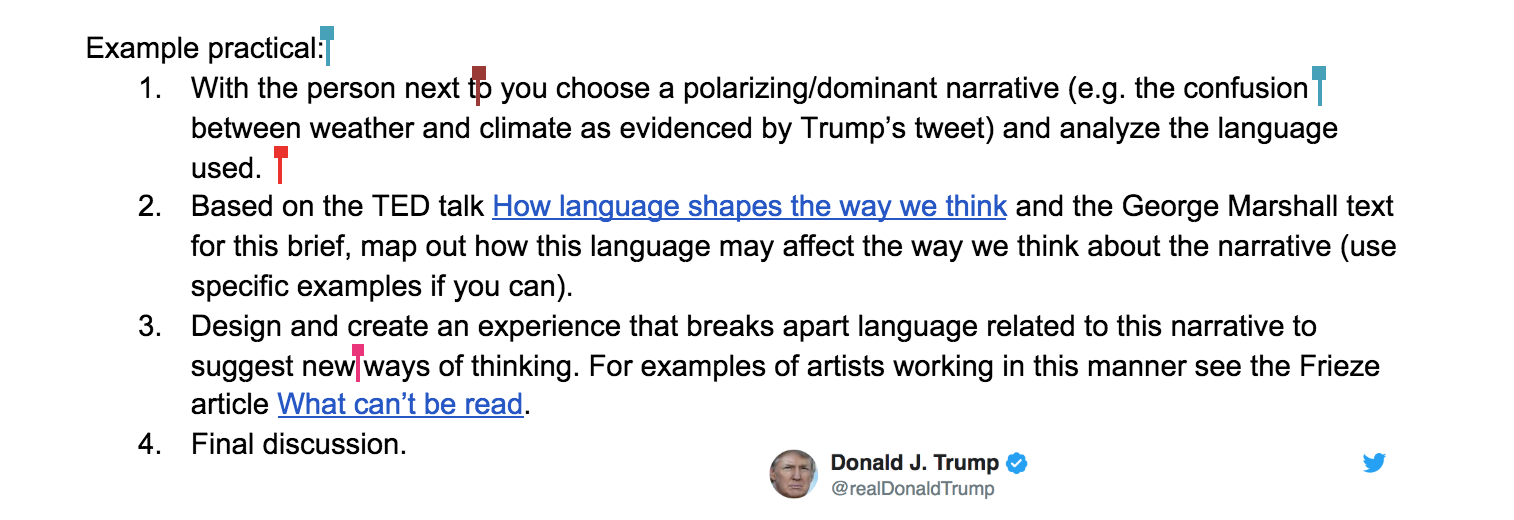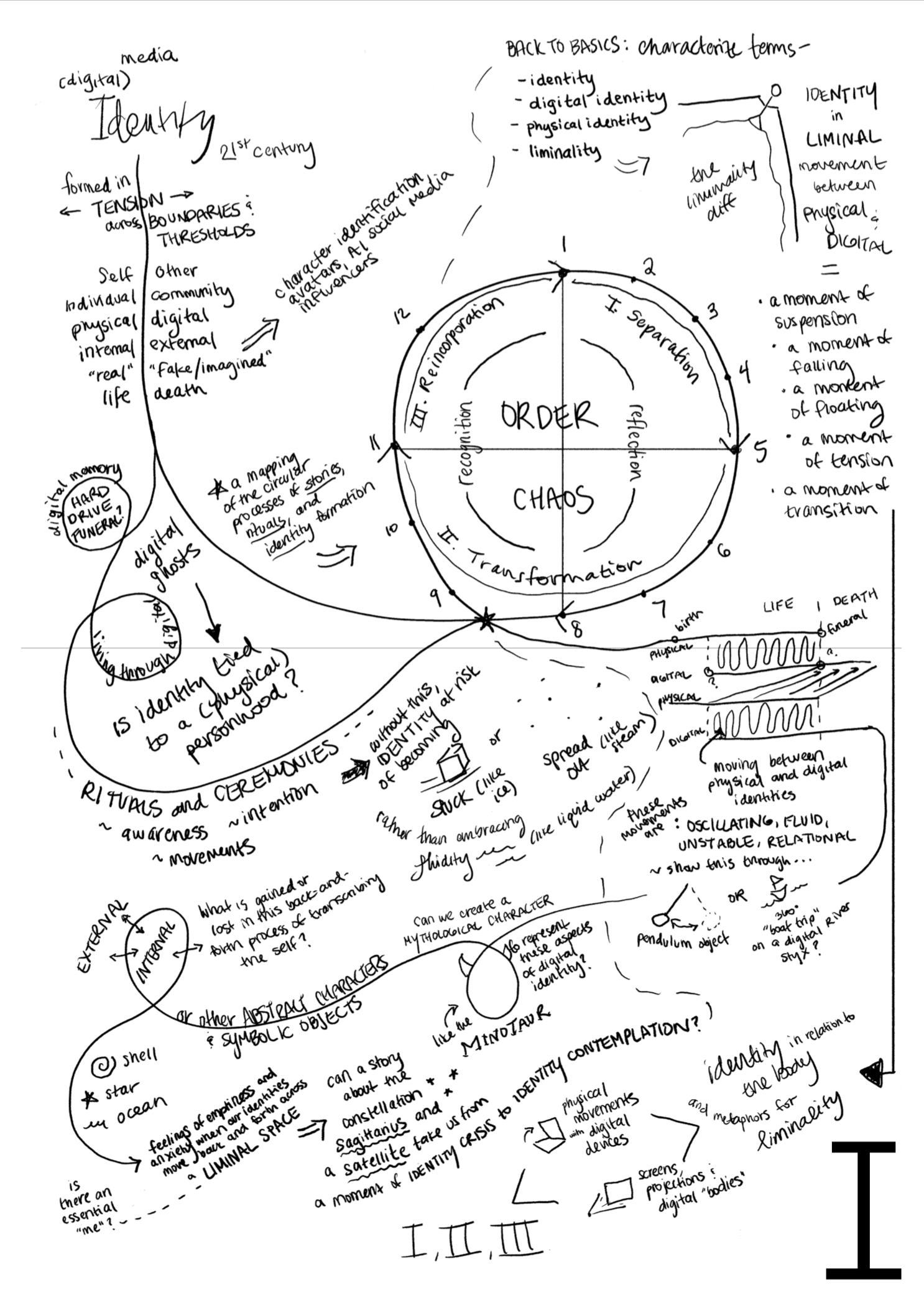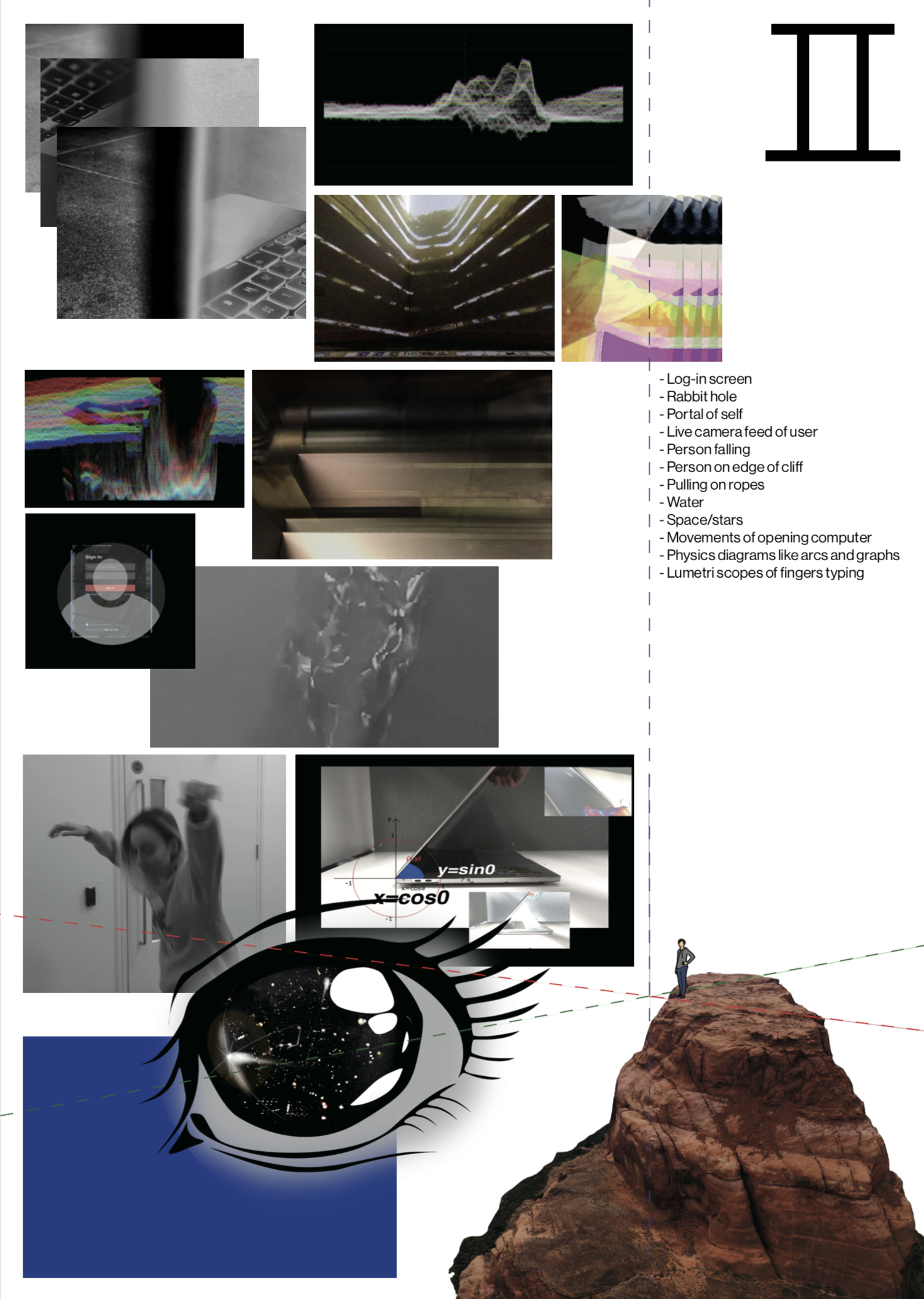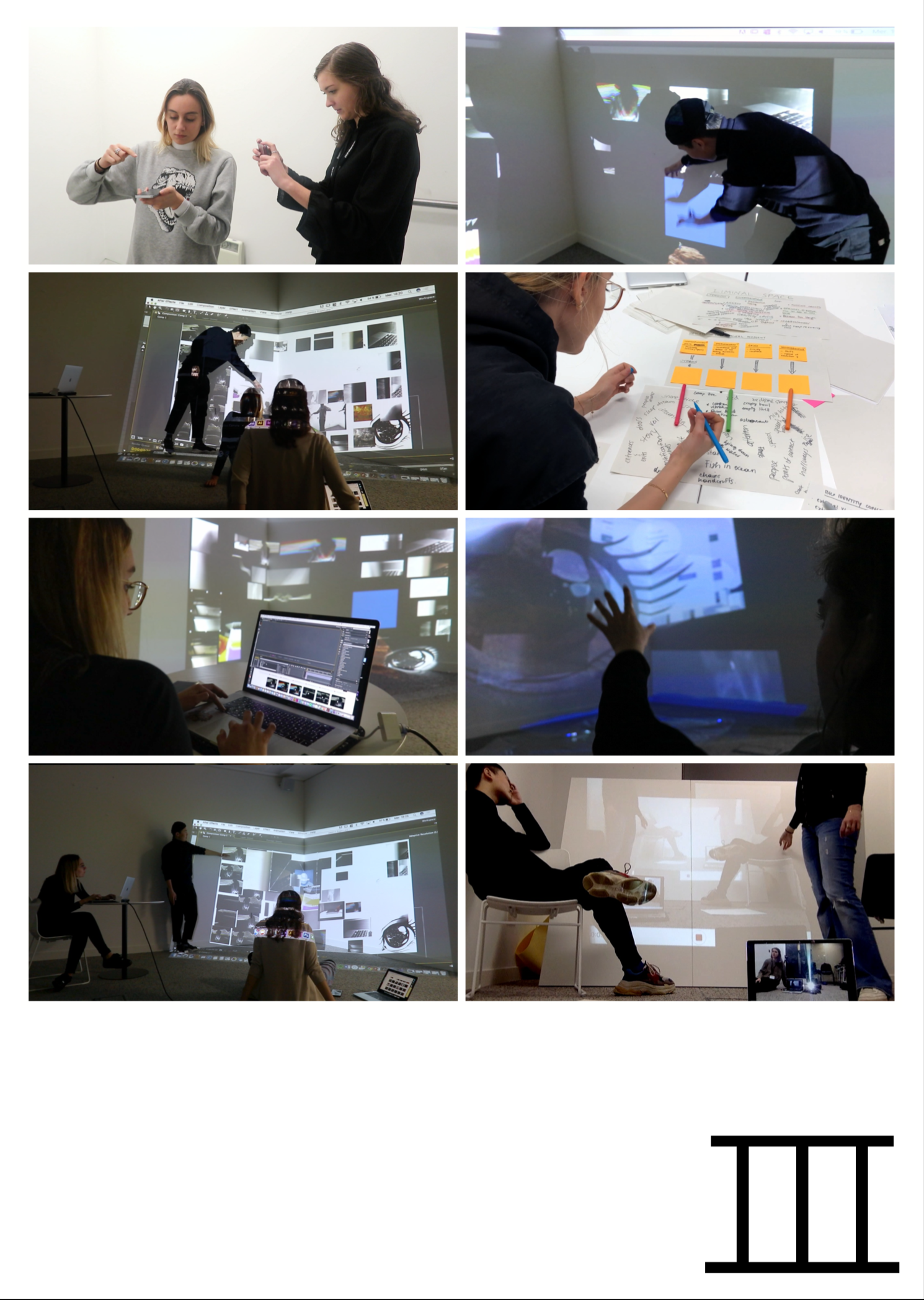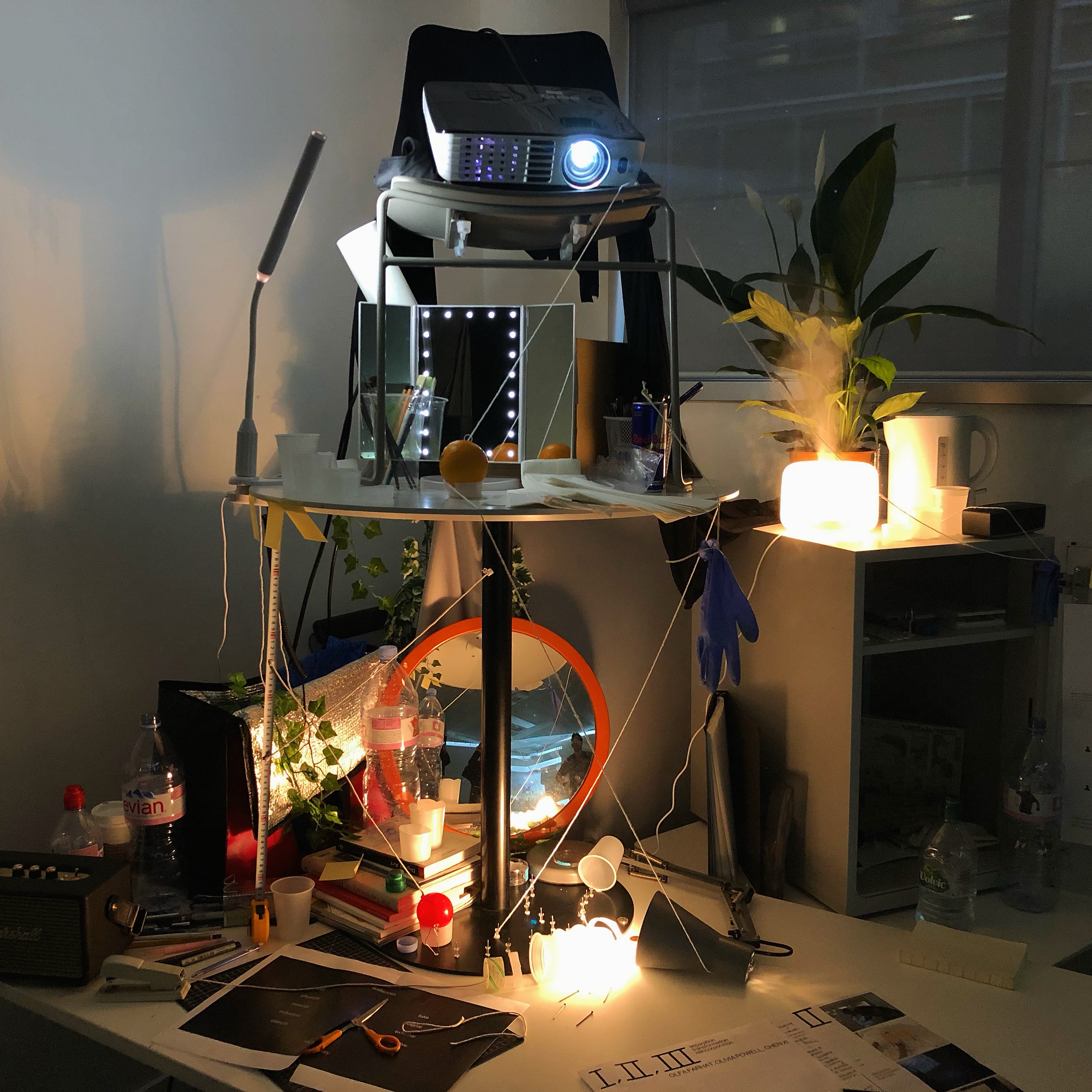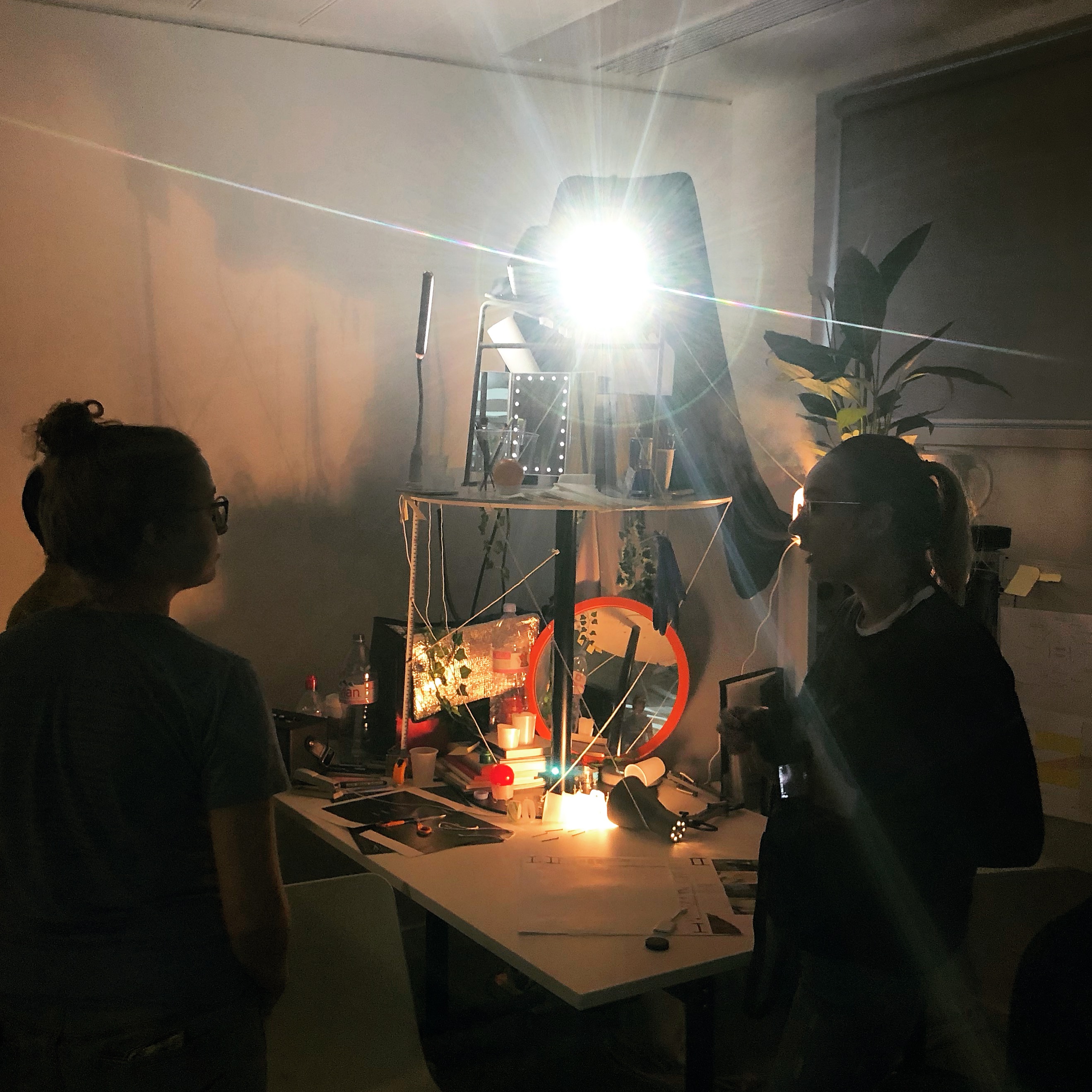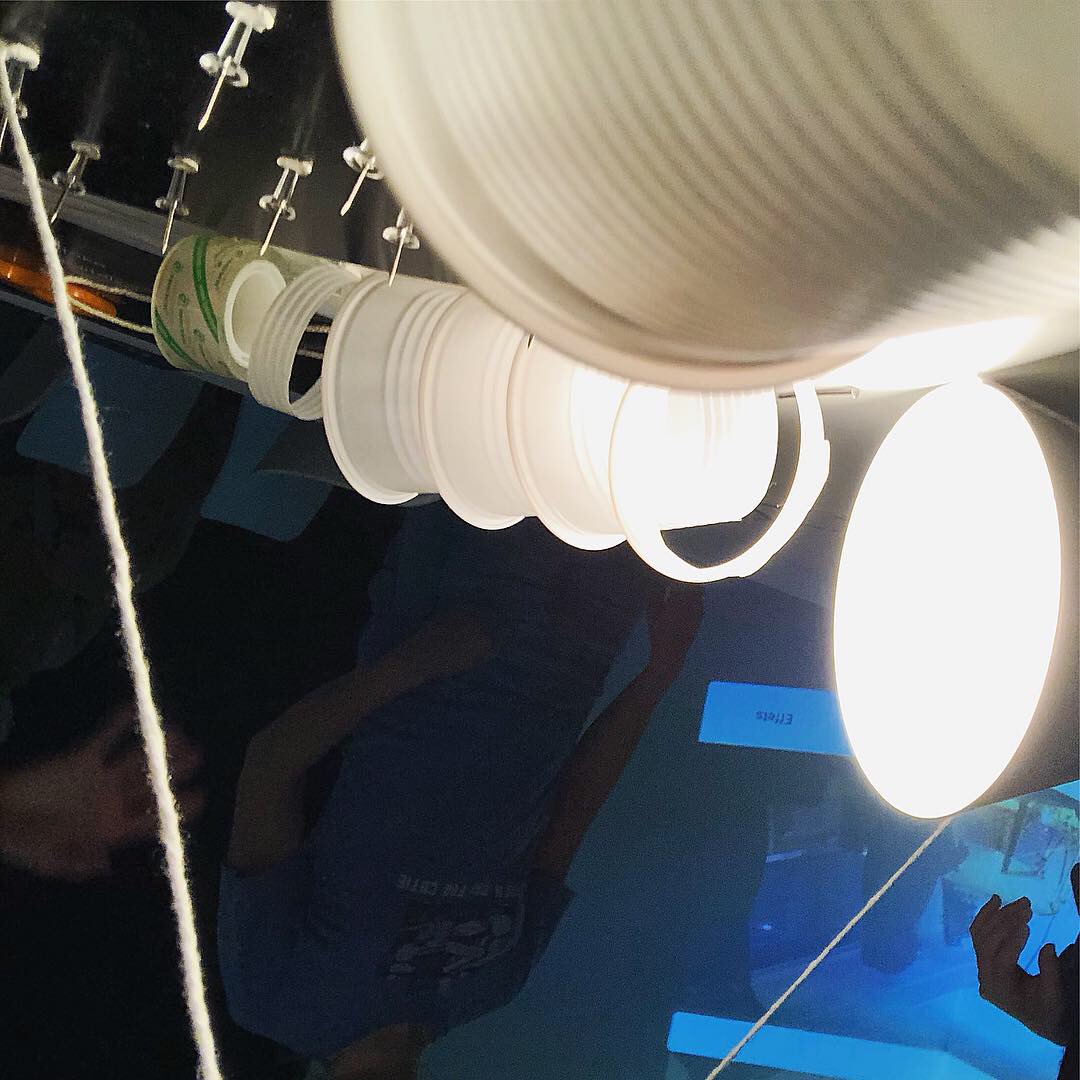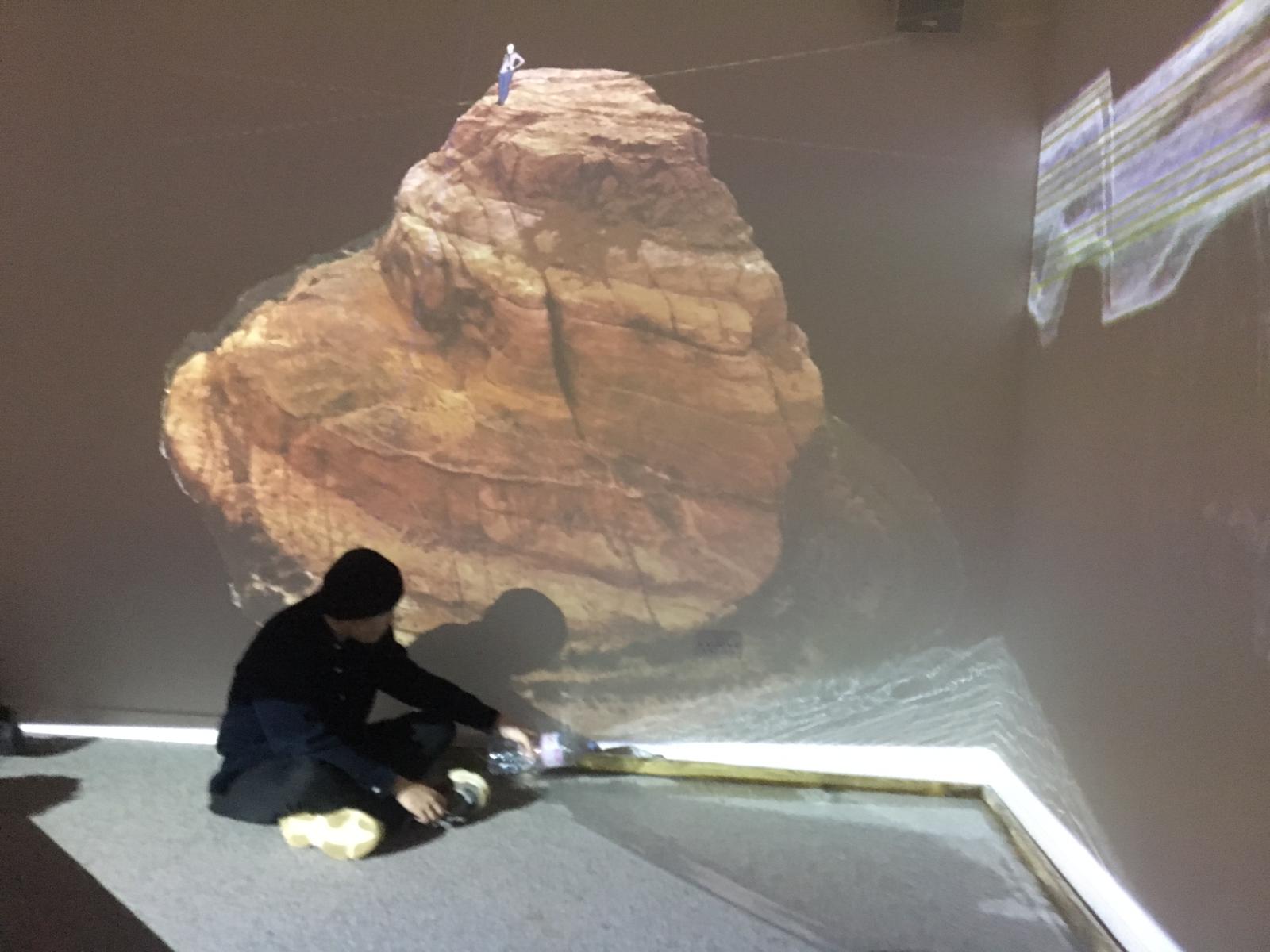DD Unit 1 Blog
Research in MA Digital Direction
Fall 2018
Olfa Farhat, Olivia Powell, and Xi
Chen
Stage 1
Proposal
Our movements through media in the digital age have disrupted the traditional conception of identity as a distinction between the “self” and “other.” Boundaries between the individual and community, physical and digital, real and fake, past and future, even life and death are no longer strict dichotomies but thresholds that are increasingly blurred and constantly crossed. At these boundaries, identity is formed and reformed; it is oscillating and fluid, transient and cyclical, and constantly in flux. We are, perhaps, in an age of post-identity. So how can we represent that liminality, those thresholds, and our movements across and between them? Specifically, how are identity movements disrupted (or facilitated) by digital media?
In early research on identity and its movements, we explored: rituals and ceremonies and their relation to the development/maintenance of identities; storytelling, character identification, and avatar design, as tools for constructing identity; AI social media influencers; collective memory, digital memory, externalized memory, and externalized identity, including the Quantified Self movement; and digital end-of-life planning, post-death identities, and the ethics of digital.
“The Value of Rituals in a Digital World” audio provided a cohesive framework for these explorations and guided us to think more specifically about rituals and ceremonies as markers for transformative identity movements. As described in the audio, rituals are intended to help individuals and communities make sense of their identities (cf. storytelling in Relating Narratives). Rituals involve processes of internalization and externalization, separation and reincorporation, and reflection and recognition by both individuals and communities. These processes, we realized, align in interesting ways with the narrative steps of Joseph Campbell’s “Hero’s Journey” discussed in various workshops, mapped out right:
Such patterns of transformation, particularly in rituals, are designed to raise awareness and intentionality about one’s transformative and transgressive movements. Without this awareness, identities are at risk of either getting “stuck” or too “spread out” as individuals cross the self-other, physical-digital, etc. boundaries. These consequences for an individual’s identity,--echoed by Viktor Mayer-Schönberger in the context of external memory and forgetting how to forget--have implications for the persistence of collective human identity.
Our Idea is to design a ritual experience around the movement between physical and digital identities. This could take form as a performative installation in which visitors move through a series of ritual “steps,” an “object ceremony,” or perhaps a 360-degree video strip that takes visitors on a “boat ride” as they navigate through the steps of a story/ritual. To represent the fluid, oscillating, and unstable aspects of identity movement, we could incorporate elements such as water/waves/a river, pendulums, duration and disintegration, asking questions about identity, interactive movement, uncreative writing, mixing/transforming digital and physical objects...
In today’s media landscape, identity is in a constant and complex flow of relational movement that is often fast, meaningless, and unacknowledged. Our goal is to restore awareness to that movement (and to the consequences of not acknowledging it) by drawing on rituals and narrative as tools for adjusting to a hybrid world in which instability and liminality are the norm.

Stage 2:
Other Researchs
MIND MAP 1 IDENTITY&WORLDS
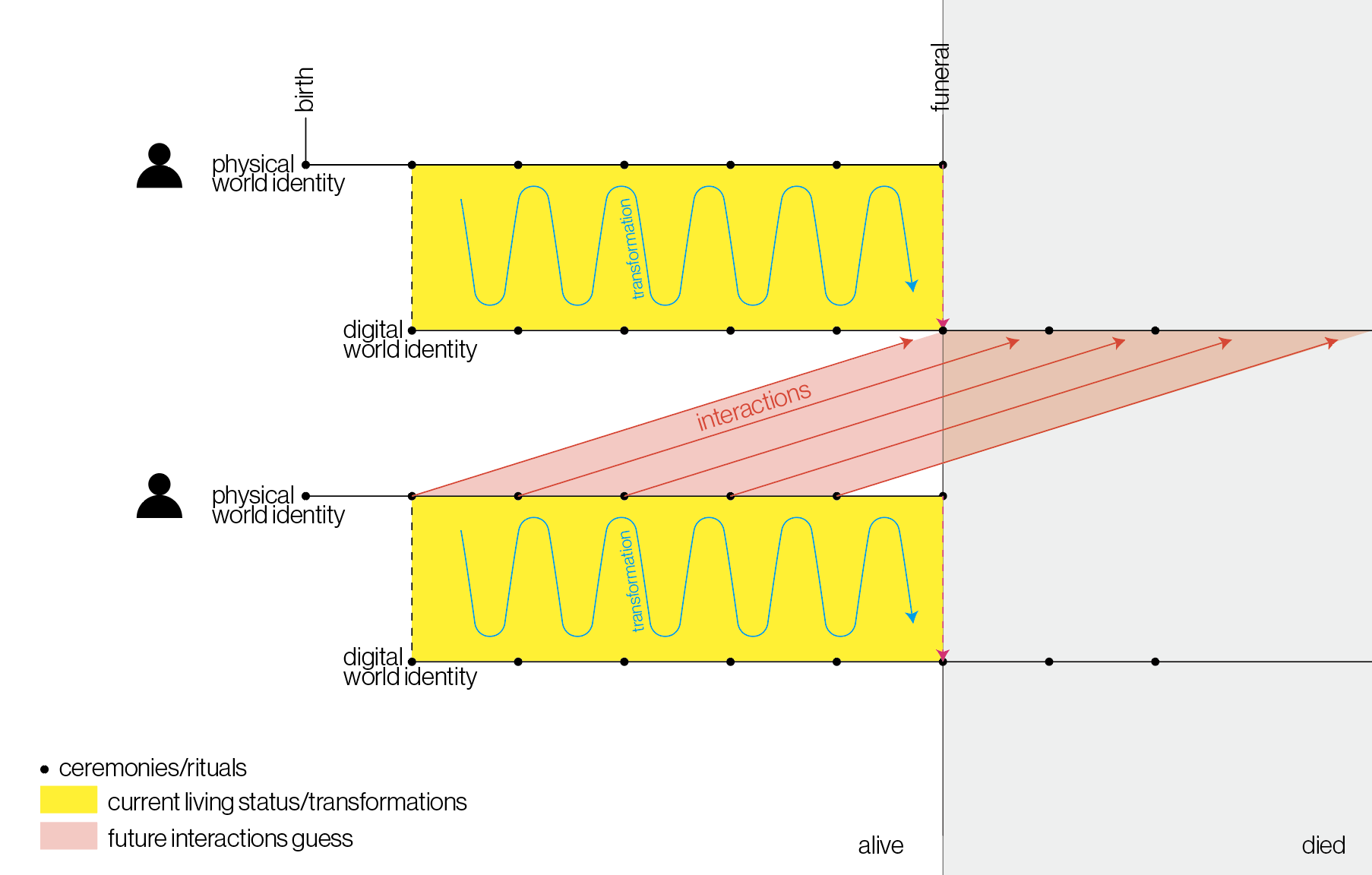
We came up with one idea about collecting data from alive people, and build interaction between the died people’s digital identity and alive people’s physical identity. But we found this idea has been done by an artist.
Personal Idea about Liminal Character
#Base on the story of MINOTAUR#
Old story
“To punish Minos, Poseidon made Pasiphaë, Minos's wife, fall deeply in love with the bull. Pasiphaë had craftsman Daedalus make a hollow wooden cow, and climbed inside it in order to mate with the white bull.”They have a character named Minotaur
New story
“To punish Finder, Applestore made Macintosh, Finder's wife, fall deeply in love with a bull. “They have a main character named Macintaur
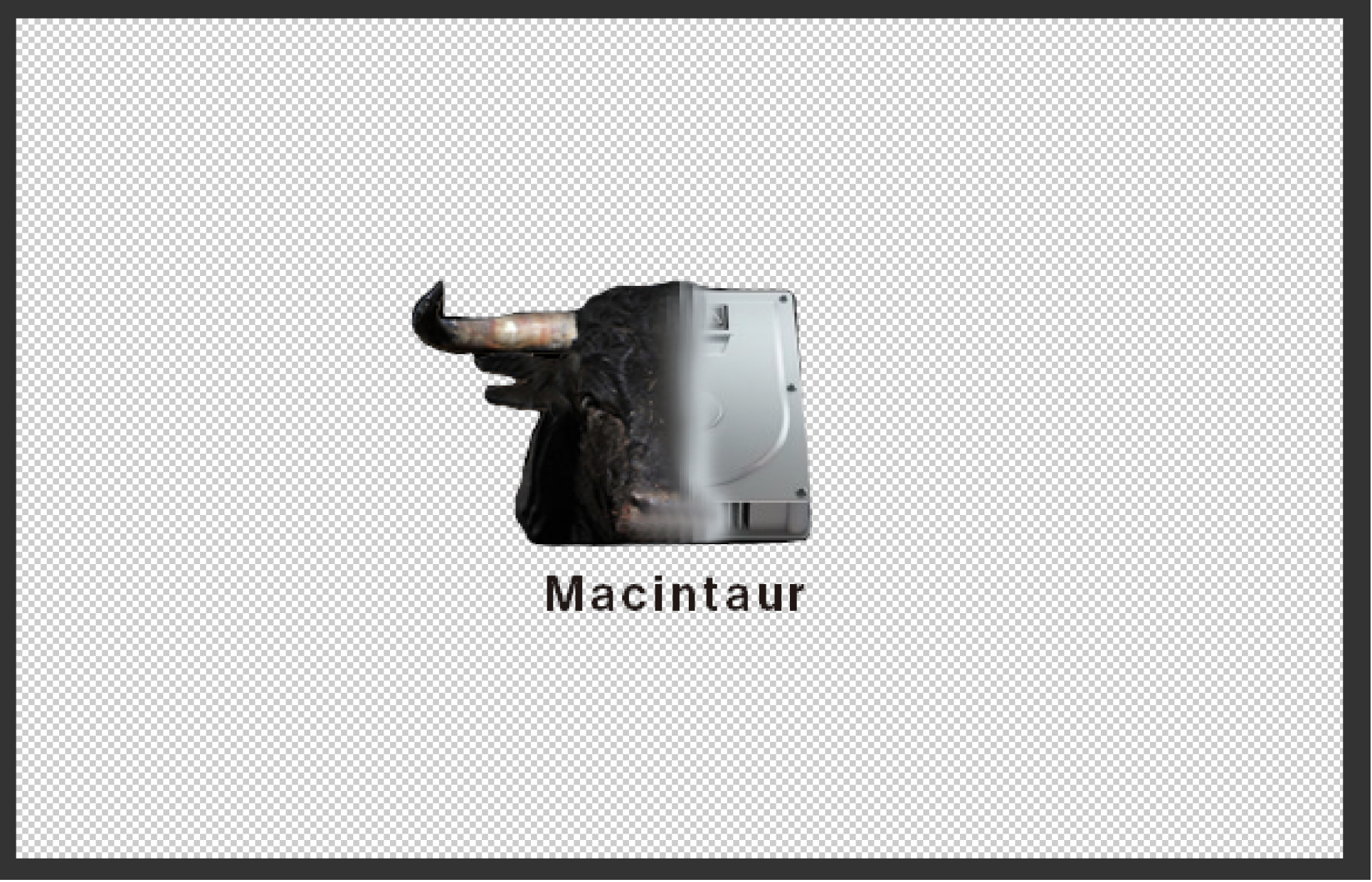
 #The death of satellite#
Sagittarius is living in the centre of the universe. He was born with a bow and an arrow in his hand, dressing in an ancient, classic style, seldom speaking.
Satellite is the only friend of Sagittarius, a cool, fashion, and funny guy, who is traveling around in the universe.
Sag and Sat can meet each other once a year, they dance together, sleep together and talk the travel experience that Sat had in the past year.
This year, Sag and Sat spent a wonderful time together as usual, but Sag really don’t want Sat to leave. So he shoot the Sat with the arrow, without knowing this arrow is going to kill Sat.
Holding the dead body of the Sat, Sag saw a star coming from a distance. It’s getting closer and closer. And finally Sag notice that the star looks totally same to the Sat.
#The death of satellite#
Sagittarius is living in the centre of the universe. He was born with a bow and an arrow in his hand, dressing in an ancient, classic style, seldom speaking.
Satellite is the only friend of Sagittarius, a cool, fashion, and funny guy, who is traveling around in the universe.
Sag and Sat can meet each other once a year, they dance together, sleep together and talk the travel experience that Sat had in the past year.
This year, Sag and Sat spent a wonderful time together as usual, but Sag really don’t want Sat to leave. So he shoot the Sat with the arrow, without knowing this arrow is going to kill Sat.
Holding the dead body of the Sat, Sag saw a star coming from a distance. It’s getting closer and closer. And finally Sag notice that the star looks totally same to the Sat.References*ArtworksCentrifuge (2017) by Sarah Sze ; Momentum (2014) by UVA ; Nowhere and Everywhere at the Same Time (2009) by William Forsythe ; SLURB (2009) by Marina Zurkow ; The Hereafter Institute (2015) by Gabriel Barcia-Colombo.
Books and ArticlesCavarero, Adriana. Relating Narratives: Storytelling and Selfhood, trans. by Paul A. Kottman. New York: Routledge, 2000.
Flintoff, John-Paul. “The Quantified Self is a Spirituality for Our Times.” Aeon, (2013): https://aeon.co/essays/the-quantified-self-is-a-spirituality-for-our-times (accessed 8 October 2018).
Funnel, Antony and Zsivanovits, Karin. “The Value of Rituals in a Digital World.” Future Tense, (2018): https://www.abc.net.au/radionational/programs/futuretense/are-rituals-still-needed-in-a-world-mediated-through-digital-de/9550760 (accessed 16 October 2018).
Goldsmith, Kenneth. Uncreative Writing: Managing Language in the Digital Age. New York: Columbia University Press, 2011.
Mayer-Schönberger, Viktor. Delete: The Virtue of Forgetting in the Digital Age. Princeton: Princeton University Press, 2009.
Savin-Baden, Maggi, Burden, David and Taylor, Helen. “The Ethics and Impact of Digital Immortality.” Knowledge Cultures, 5(2) (2017): 178-196.
Stage 3:
Plan A: A STORY ABOUT SAGITTARIUS AND SATELLITE
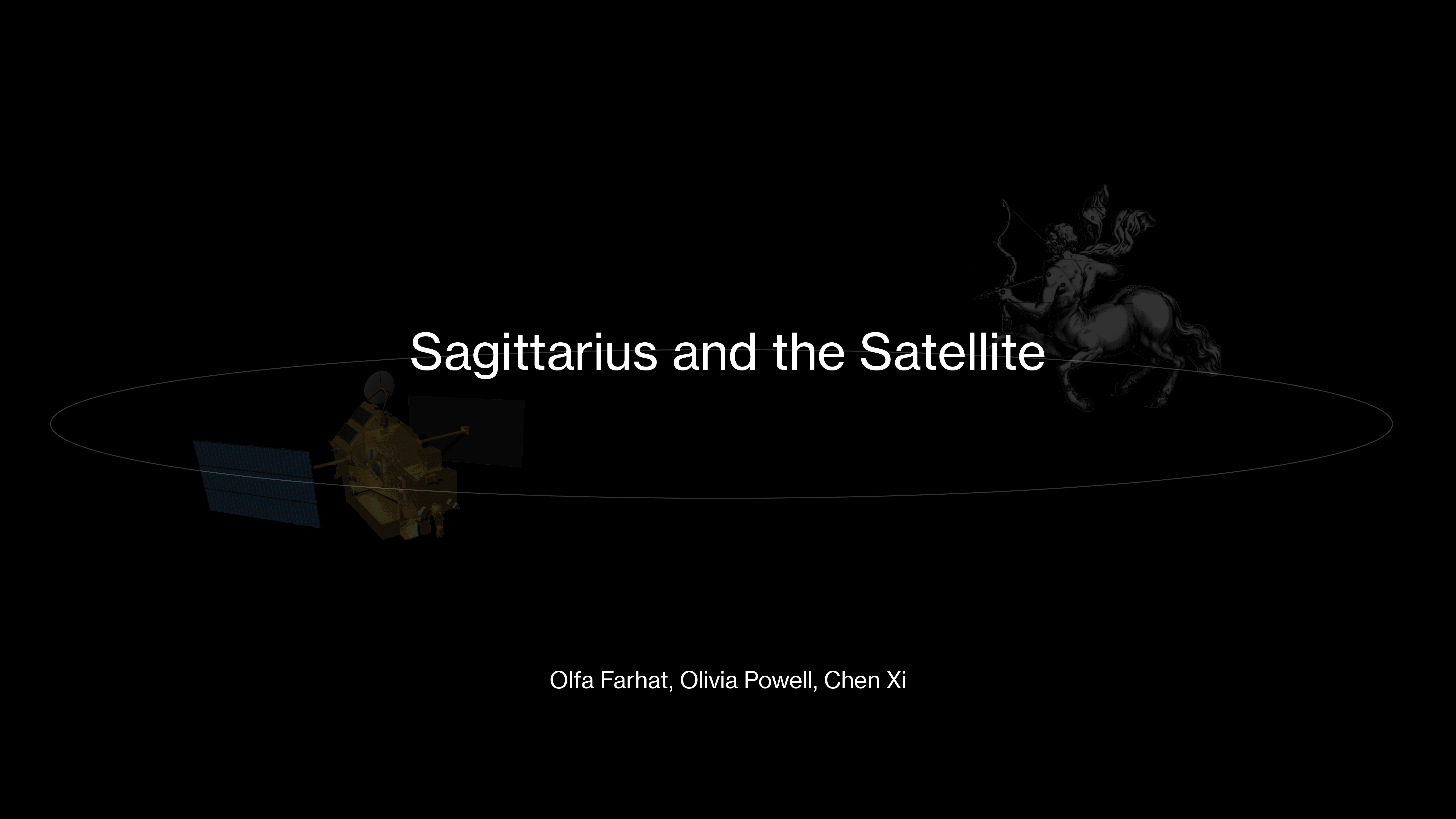




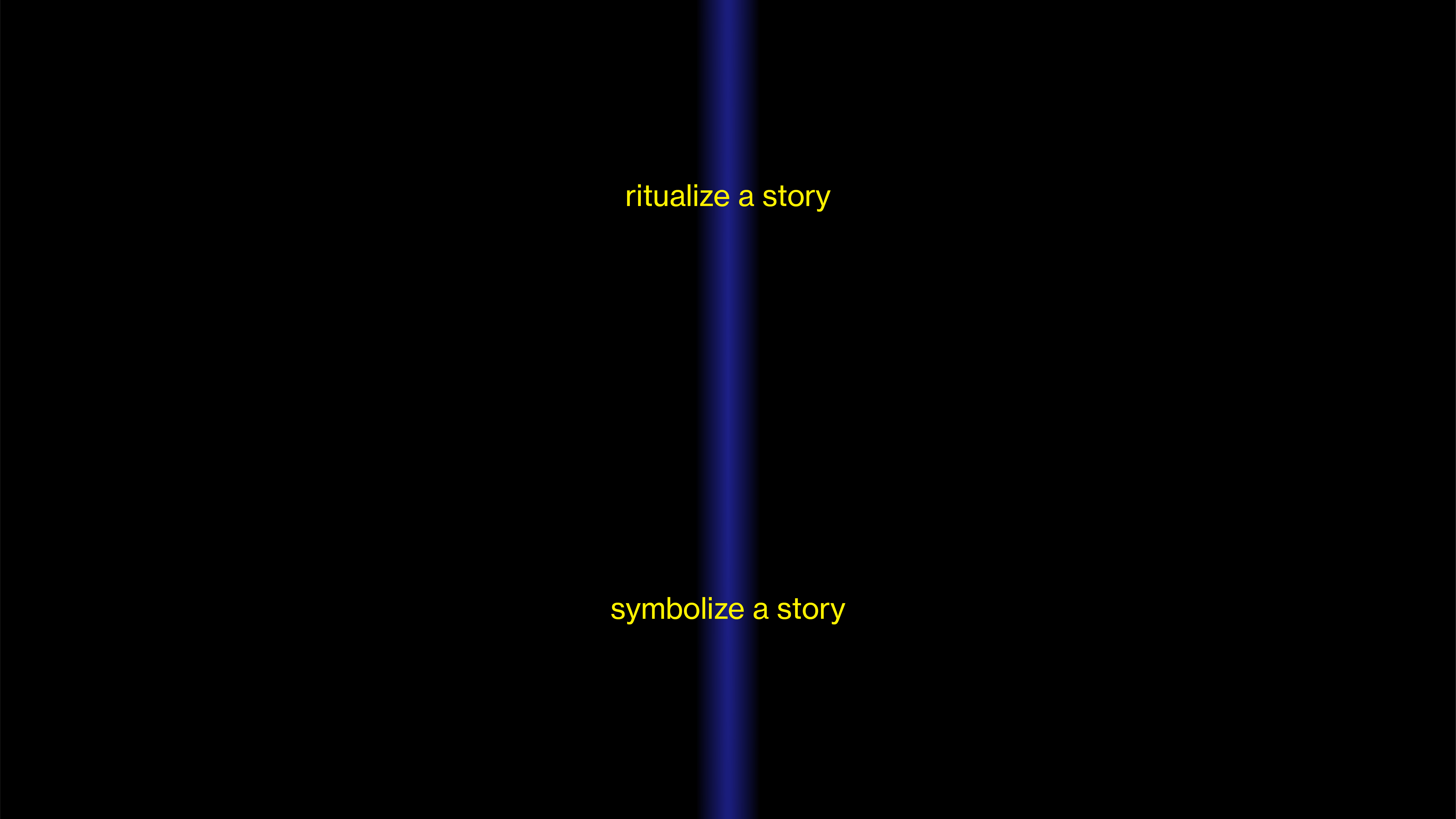






Practises and materials for final presentation

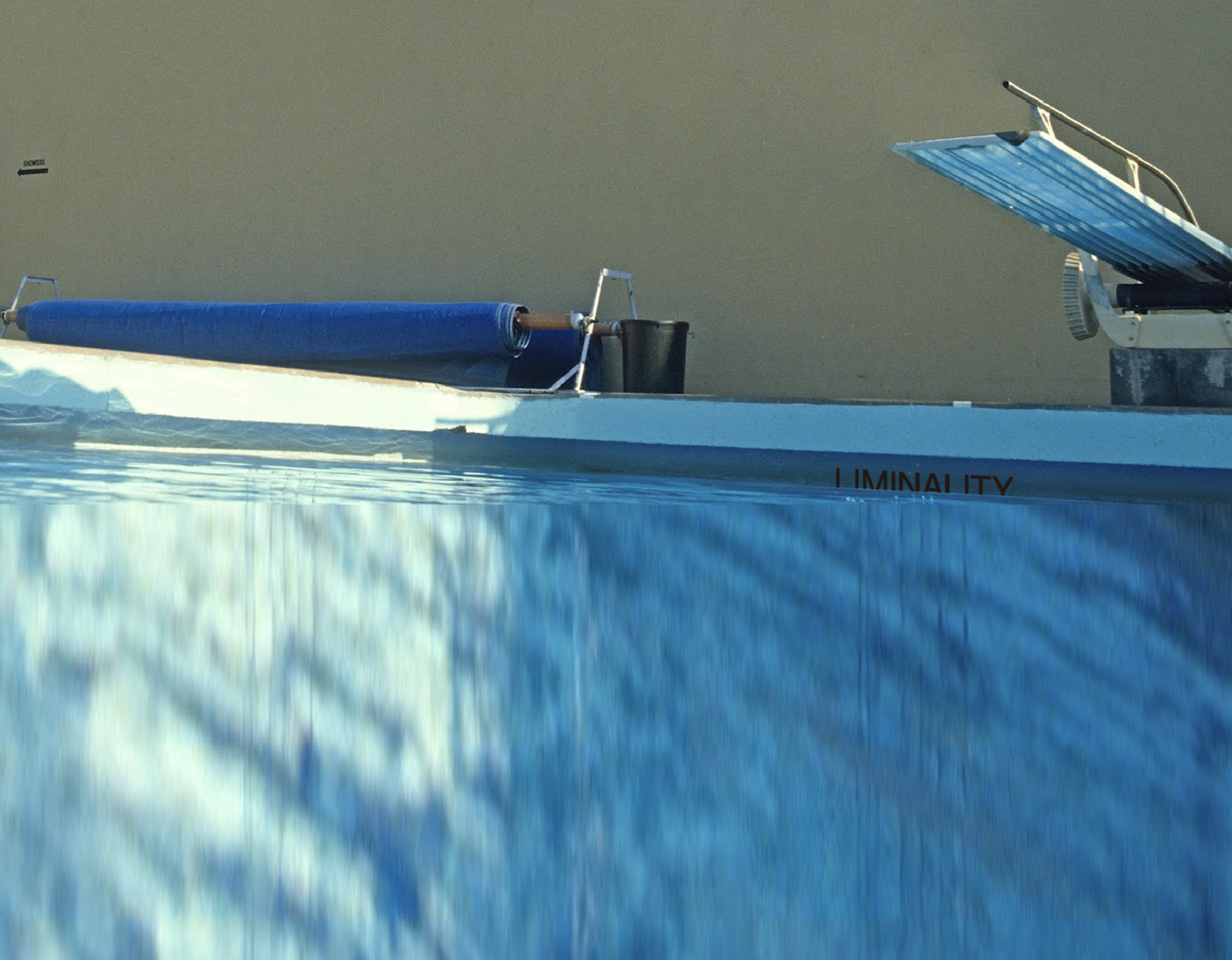





 #Something relevant
#Something relevant
